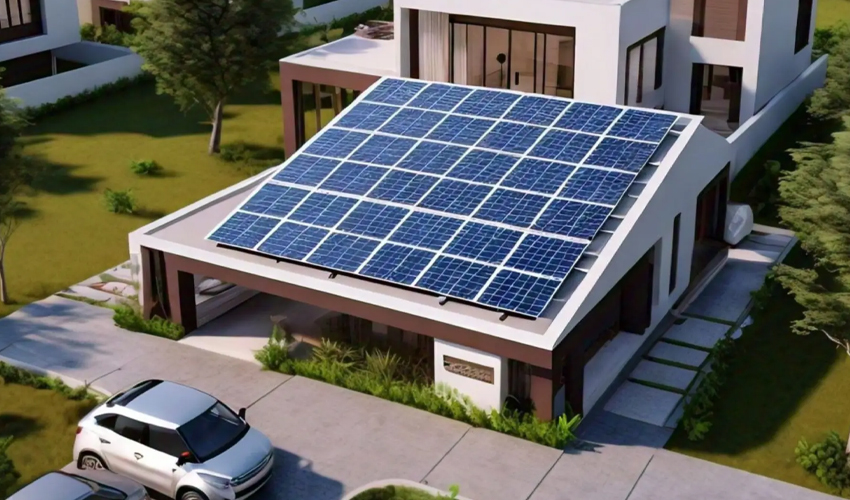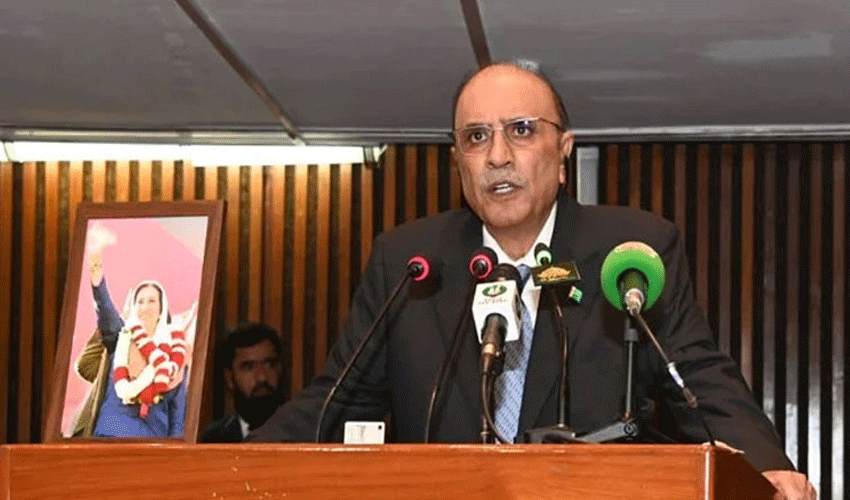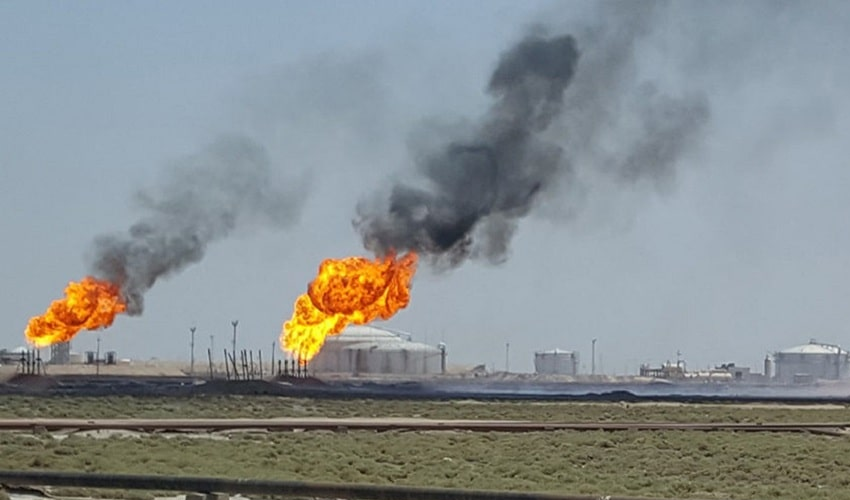Amid escalating electricity costs, Pakistanis are increasingly turning to alternative energy sources, with solar power leading the charge.
This shift has not only boosted the adoption of solar systems across the country but also created new business opportunities, generating employment and introducing fresh challenges, particularly in the area of "reverse metering."
For many citizens, the journey to solar energy begins with limited knowledge, prompting them to seek expert advice before choosing a solar system provider. However, the market today offers a range of solutions and pricing options that can make the decision process more complex.
Solar panel prices: What to expect
When considering high-quality, or "A-grade," solar panels, prices tend to be on the higher side. For instance, Longi's Hemo 5 series, both single glass (monofacial) and bifacial panels, are available at approximately Rs 29 per watt. This price point is consistent across different models, providing a reliable benchmark for those looking to invest in Longi’s products.
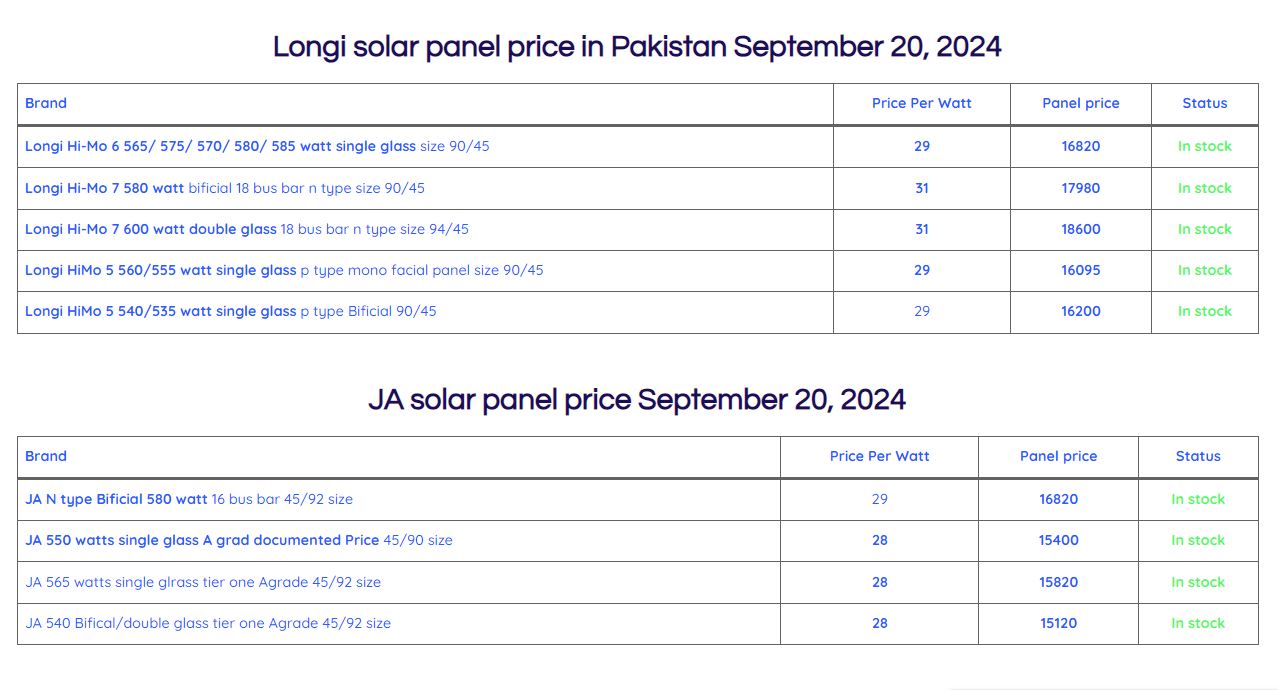
Another popular brand, JA Solar, offers its single glass panels at Rs 28 per watt. For a 550-watt panel, this translates to around Rs 15,400 per panel. Similarly, Jinko's P-type monofacial panels are also priced at Rs 29 per watt, while their N-type monocrystalline panels are slightly more expensive at Rs 30 per watt.
Canadian Solar, another major player in the market, offers its single glass panels at Rs 29 per watt, making a 580-watt panel cost roughly Rs 16,820. Phono Solar panels, known for their reliability, are currently priced at Rs 31 per watt, as are Trina's N-type generation monocrystalline panels.
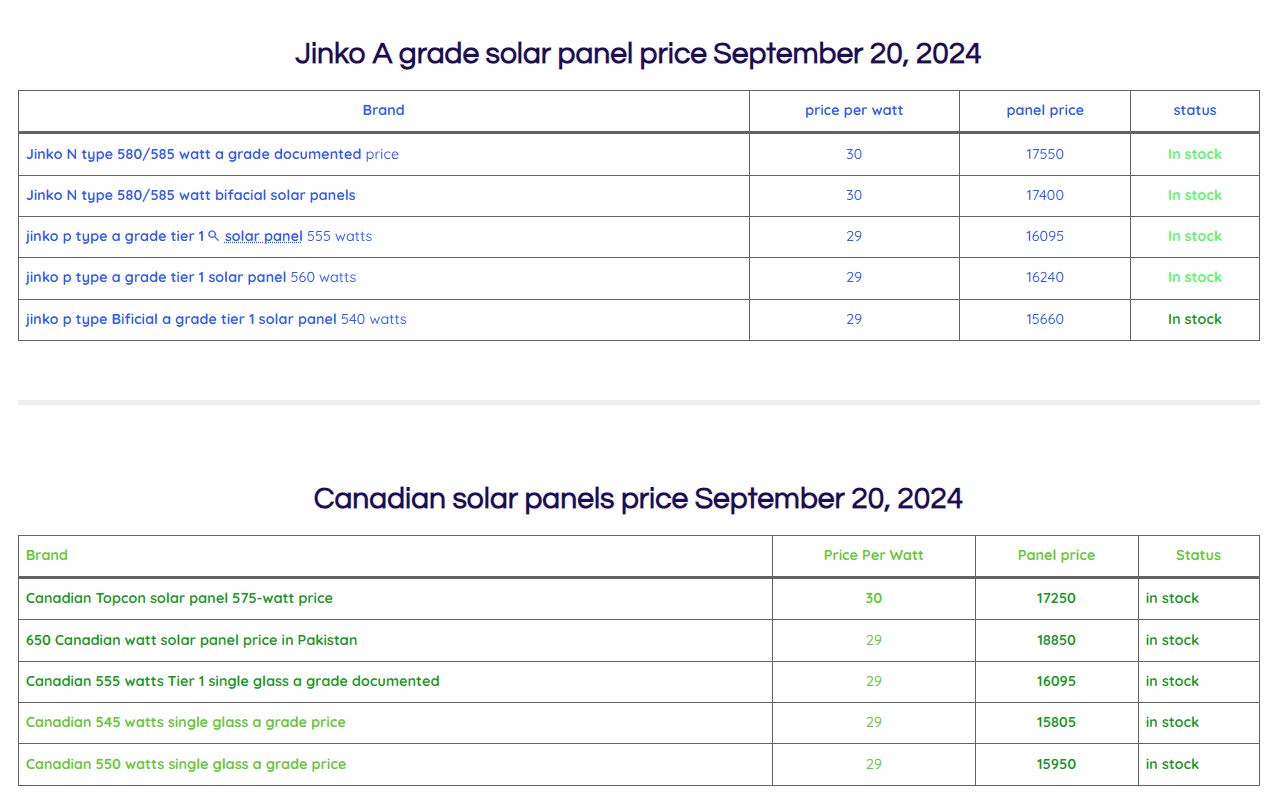
The challenges ahead
As the solar industry grows, so do the challenges. One of the biggest issues the government faces is managing "reverse metering," a process that allows solar energy users to sell excess power back to the grid. While this can be beneficial for users, it presents regulatory and logistical challenges for the power sector.
Despite these hurdles, the solar energy sector in Pakistan continues to thrive, offering consumers a way to mitigate the impact of rising electricity costs while also contributing to a more sustainable future.





